The global race to develop solid-state batteries - a technology expected to revolutionize the electric vehicle (EV) industry - is witnessing strong movements from both automakers and battery technology corporations.
After long being considered a commercial dream, a series of new announcements have reignited hopes that solid-state batteries will soon enter mass production this decade.
According to research firm Rho Motion (UK), the recent turning point comes from the two Chinese automakers Nio and IM Motors launching models using semi-solid batteries based on oxide technology in late 2024. Since then, a series of big names such as Volkswagen, Mercedes-Benz, Stellantis, BYD, Nissan and Toyota have simultaneously accelerated plans to develop and commercialize solid-state batteries, with the target date mainly falling in 2027-2028.
Solid-state batteries use a solid electrolyte, usually a ceramic material, instead of the liquid electrolyte used in traditional lithium-ion batteries. In theory, the technology offers many advantages: higher energy density, fast charging capabilities, improved safety, and the potential to reduce manufacturing costs in the long term. In addition, solid-state batteries are expected to help Western manufacturers localize their battery supply chains, reducing their dependence on the Chinese market.
However, this technology still faces many technical and cost challenges. Some common problems today include swelling during charging, performance degradation after many cycles of use, and production costs many times higher than traditional batteries.
In that context, some companies choose an intermediate path with semi-solid batteries - combining solid and liquid electrolytes, to take advantage of the initial advantages in safety and energy density while still maintaining feasibility in production.
"Semi-solid-state batteries are a practical bridge solution to true solid-state technology, although their full potential in performance and compactness has yet to be achieved," said Iola Hughes, research director at Rho Motion.
While Western automakers such as BMW, Mercedes and Stellantis are stepping up research through collaboration with technology companies such as Factorial Energy, Asian battery giants such as BYD and CATL are considered to have an advantage thanks to their experience in large-scale production.
Nissan said it is still sticking to its plan to commercialize solid-state batteries by 2028, but is cautious in deciding on the scale of investment depending on market readiness.
Despite rising expectations, many experts warn that technical hurdles have yet to be fully resolved, while current battery technologies are making breakthroughs that overshadow the potential of solid-state batteries.
Connor Watts, battery materials analyst at Fastmarkets, said delays to projects like Volkswagen-backed Quantumscape have dented market confidence, while major battery makers like CATL and BYD are making breakthroughs with new lithium-ion phosphate (LFP) batteries and super-fast charging systems.
In April, CATL announced that it had successfully developed an LFP battery that can add 520 km of range to a vehicle after just 5 minutes of charging. Previously, BYD also announced its own super-fast charging system, significantly extending the operating range of EVs in a short time.
Despite the skepticism, most experts agree that solid-state batteries will play an important role in the future of electric vehicles, especially in the context of the increasingly urgent need to increase efficiency and optimize production costs.
Observers predict that the market may see the first limited-scale applications of solid-state batteries between 2027 and the early 2030s, mainly in high-end vehicles or engineering trials. The expansion to mass production will depend on the ability to reduce costs, improve durability and acceptance by the global consumer market./.
Source: https://www.vietnamplus.vn/cuoc-dua-san-xuat-pin-the-ran-tro-lai-duong-dua-cong-nghe-toan-cau-post1051122.vnp




![[Photo] Prime Minister Pham Minh Chinh launched a peak emulation campaign to achieve achievements in celebration of the 14th National Party Congress](https://vphoto.vietnam.vn/thumb/1200x675/vietnam/resource/IMAGE/2025/10/5/8869ec5cdbc740f58fbf2ae73f065076)

![[Photo] Prime Minister Pham Minh Chinh chairs the Government's online conference with localities](https://vphoto.vietnam.vn/thumb/1200x675/vietnam/resource/IMAGE/2025/10/5/264793cfb4404c63a701d235ff43e1bd)

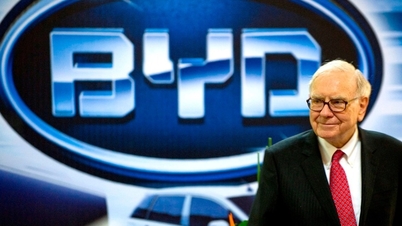





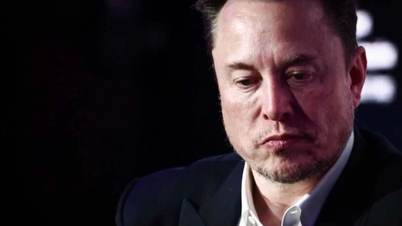





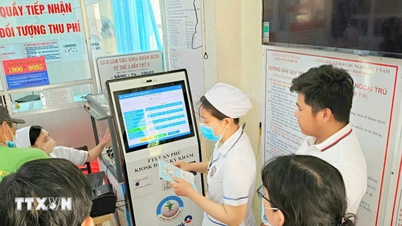








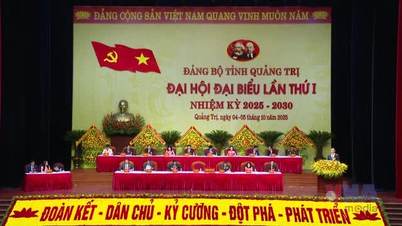




























![[VIDEO] Summary of Petrovietnam's 50th Anniversary Ceremony](https://vphoto.vietnam.vn/thumb/402x226/vietnam/resource/IMAGE/2025/10/4/abe133bdb8114793a16d4fe3e5bd0f12)

![[VIDEO] GENERAL SECRETARY TO LAM AWARDS PETROVIETNAM 8 GOLDEN WORDS: "PIONEER - EXCELLENT - SUSTAINABLE - GLOBAL"](https://vphoto.vietnam.vn/thumb/402x226/vietnam/resource/IMAGE/2025/7/23/c2fdb48863e846cfa9fb8e6ea9cf44e7)






















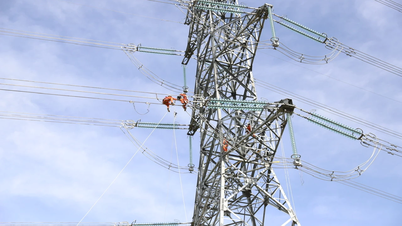













Comment (0)